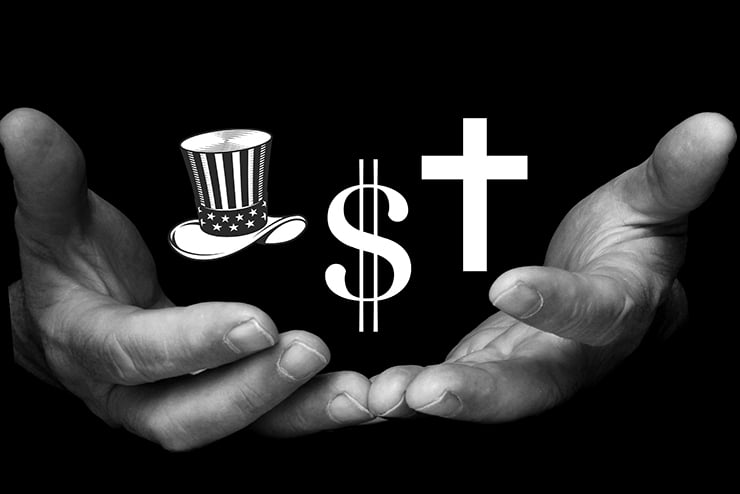The United States unemployment rate reached nearly 15 percent in April, with more than 40 million people out of work. Despite signs that the economy is getting ready to reopen after its long battering by the coronavirus, more than 20 million people have lost their jobs due to the virus as of the last week of May. Many of these jobs may not come back right away upon reopening, if ever.
Yet the U.S. stock market continues to trundle higher, with the S&P 500 gaining more than 40 percent from its March lows. Like U.S. professional sports resuming play in audienceless stadiums, it seems Wall Street has decided it can actually do just fine with fewer people.
Of course, all of this is artificial. The stock market is no longer a barometer of the nation’s economic health—if it ever was one. It is benefitting from an unprecedented wave of U.S. Federal Reserve liquidity, aka money printing, which has saved the financial markets. That’s nice for the top 20 percent of Americans who own 80 percent of all financial assets, but cold comfort for the majority of the country who have suffered under the lockdowns.
During the last financial crisis in ’08, our leaders assured us that the debt the U.S. incurred to enact its extraordinary bailouts of the financial sector was temporary, and that the U.S. had a “fiscal exit strategy” to grow its way out of the Great Recession. That did not happen. Gross domestic product (GDP) growth has been dismal the last decade, below 2 percent per year on average.
Economists Carmen Reinhart and Kenneth Rogoff warned in their book This Time is Different: Eight Centuries of Financial Folly (2009) and in subsequent research that, throughout history, when a country’s debt burden reaches 60 percent of its economic output, it shaves 2 percentage points from GDP growth; when it reaches 90 percent, GDP growth is cut in half. Before the Great Recession, the U.S. debt-to-GDP ratio was at 64 percent. It has climbed relentlessly since then and stood at 106 percent at last year’s end. I expect it is due to look shockingly worse when the numbers for the virus-crippled first half of this year are released.
“If something cannot go on forever, it will stop,” the economist Herb Stein sagaciously observed. In discussing with Chronicles Editor-in-Chief Paul Gottfried what might come next if the economic state of the world “stops,” we decided to hold a symposium in this number, allowing various economic visions of the political right to express their ideal vision of the future. The progressive left has a clear, Marxist economic vision for the country, but the right’s stance has been in flux since the 2016 populist revolt that brought Donald Trump into the presidency.
To that end, we’ve lined up four writers to make the case for three economic reform systems, and one coda in defense of the existing order: economic nationalism, laissez-faire capitalism, Christian distributism, and the existing model which Sam Gregg calls democratic capitalism. Gregg has graciously agreed to defend the establishment’s castle—but because this is Chronicles and we’re partisans for the outsider, we’ve given him less space to make his defense. Enjoy!

Leave a Reply